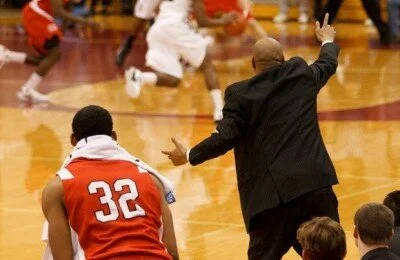Author: Zoe Forster
The world’s top women soccer players are suing FIFA and the Canadian Soccer Association for downgrading to artificial turf for the 2015 Women’s World Cup.
The players claim that allowing artificial turf poses a greater risk for injury and changes the way the game is played. Most importantly, no men’s tournament has ever been played on turf or will ever be played on turf, which categorizes the action as gender discrimination.
The U.S. team is widely known as the top women’s soccer team in the world, with star players Abby Wambach, Alex Morgan, and Sydney Leroux. Because these women are so successful, they are accepted as athletes, as opposed to being labeled female athletes. Even the world’s top male athletes, such as Kobe Bryant and Kevin Durant, have spoken on behalf of the women in support of the lawsuit.
However, the news that FIFA is trying to pull one over on the women’s team is nothing new. It’s not like the American public welcomed the birth of the women’s soccer team with open arms. The team fought for respect and earned their standing among American soccer fans. With this drive, passion and pride is ingrained in the team’s history, making it no surprise that these women are speaking up today for what they deserve.
These women revolutionized women’s soccer, ultimately transforming sports at the collegiate level. Because young female athletes now have a source of inspiration, children as young as 12 years old are already pursuing college soccer. As an Ivy League institution that gives no athletic scholarships, we certainly would not have some of the athletic programs we have today without these women.
To see just how tough these ladies really are, you can watch the HBO documentary Dare to Dream, which highlights the team’s story of success. Here’s a quick chronological summary of some of the film’s most important moments:
1991: Team wins the first Women’s World Cup held in China
The tournament was called the M&M’s Cup, because FIFA didn’t feel confident enough that the women’s teams would put on a good enough show to be sanctioned a “FIFA World Cup” Champion. However, in the championship game against Norway, the U.S. team attracted crowds of Chinese fans clamoring to get their autographs.

http://www.soccer.com/guide/1984-the-birth-of-eurosport/
1995: Team loses to Norway in the Women’s World Cup semifinal game
After a bitter loss in the last Women’s World Cup, the Norwegians were out to get the United States this time around.
1996: Team wins their first ever Olympic gold medal against China
The most watched sporting event in the world was the perfect opportunity for a comeback. However, their dream of being the best in the world again was in jeopardy when the team came into a contract dispute with the U.S. Soccer Federation. The women wanted what the men’s team was getting—bonuses for any medal won. The women’s team boycotted the Olympic camp, resulting in a compromise. The women received a bonus for a gold medal as well as a silver.

http://universalsports.com/2012/04/23/u-s-wins-inaugural-womens-soccer-gold-in-1996/
1999: Team wins the World Cup
That year the World Cup was held in the the Rose Bowl in Pasadena, California. Because it is one of the biggest football stadiums in the United States, there were many doubts as to whether a women’s soccer team could fill the stadium to full capacity. Through grassroots marketing, the team worked overtime by signing autographs, working at soccer camps and talking to younger players. In the end, the game was a sell out.

http://sites.duke.edu/wcwp/research-projects/womens-soccer-in-the-u-s/






















ben dover
when i left for college my mother and father cried for three days straight. as the world f...
Richard Fitswell
WOWEE ZOWEE some of these ideas are just fantastic! when i pass the time i like to find...
Isaac Cox
WOW! THAT's A LOT of WALKING I wish I walked THAT much...
Danielle
There actually is a Cornell Film Festival held at the Schwartz center. This Spring we are ...
AJ
Justin don explained some science in these broh. Going ham hittin' you with some knowledge...